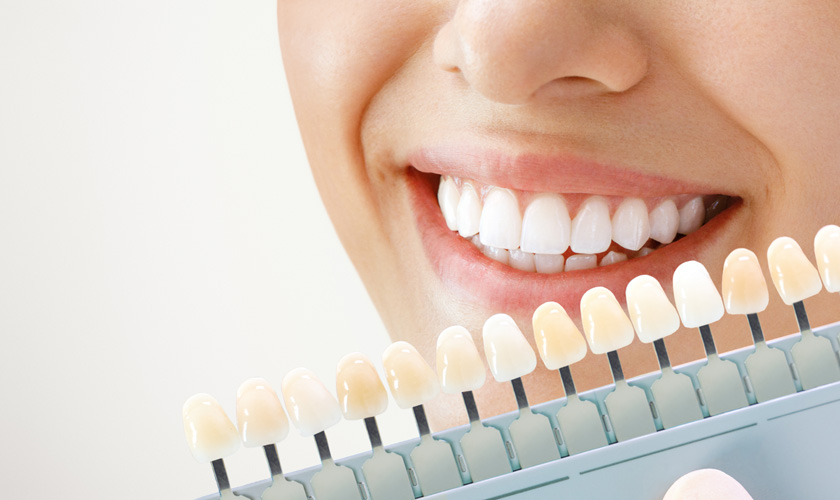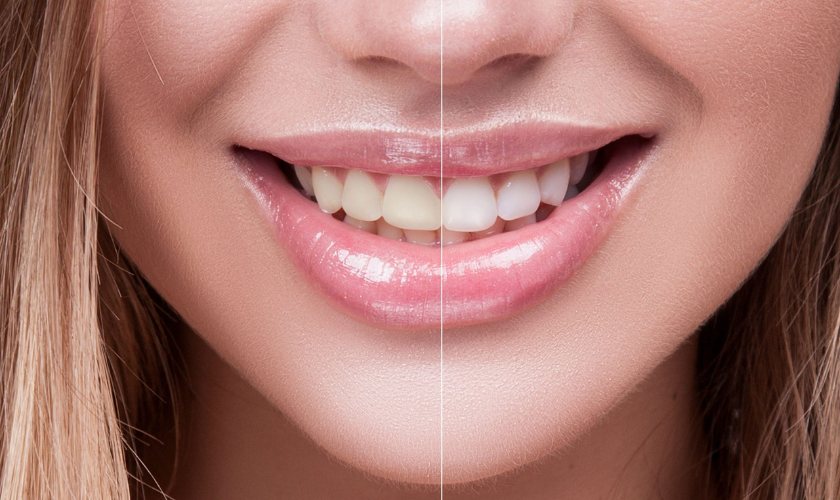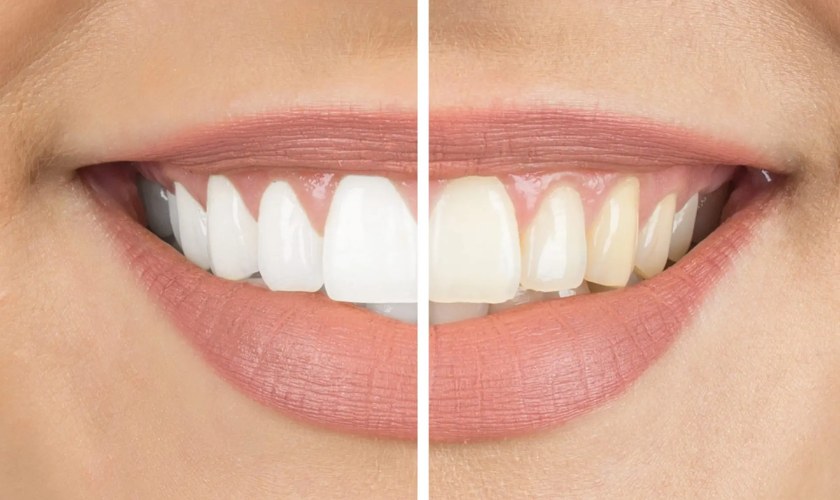717 Newfield St. Middletown, CT 06457


Last Updated: March 21, 2025
Medically Reviewed By:
Dr. John Pavlakis, Cosmetic Dentist
You’ve just invested in a professional teeth whitening treatment, and your smile is now noticeably brighter and more attractive. This improvement can significantly boost your confidence in both social and professional settings. But how do you ensure these impressive results last as long as possible?
At Advanced Family & Cosmetic Dentistry, we provide our patients with comprehensive care that extends beyond the treatment chair. We believe in empowering you with the knowledge to maintain your bright smile for months after your professional whitening session.
Understanding Why Teeth Stain After Whitening
Professional whitening treatments effectively break down years of accumulated stains, revealing the natural whiteness of your enamel. However, the same factors that caused staining initially can affect your newly whitened teeth if proper precautions aren’t taken.
Your teeth are most vulnerable to new stains during the first 48 hours after whitening. This period is critical because the whitening process temporarily opens the pores in your enamel, making teeth more susceptible to absorbing pigments from foods and beverages. Understanding this vulnerability period can help you take appropriate steps to protect your investment.
Additionally, the whitening process can temporarily dehydrate your teeth, making them more porous. As they rehydrate over the next few days, they become less susceptible to staining, but developing good habits during this time helps establish a foundation for long-term whitening success.
Follow the White Diet Rule
For the first 48 hours after your whitening treatment, we recommend following what dentists call the “white diet” rule. This means consuming only foods and beverages that are white or clear in color to prevent staining during this critical period.
Foods you can safely enjoy include:
- Plain white rice or pasta
- White fish or chicken (not seasoned with dark spices)
- White cheese
- Plain yogurt
- Bananas
- Cauliflower
- White bread (without crust)
Safe beverages include:
- Water (the best choice)
- Milk
- Clear seltzer water
- White wine (in moderation)
This temporary dietary restriction significantly reduces the risk of immediate staining and helps preserve your whitening results from the start.
Foods and Beverages to Avoid
Even after the initial 48-hour period, certain foods and beverages are known to cause significant staining and should be limited if you want to maintain your whitening results. The most common culprits include:
- Coffee and tea
- Red wine
- Dark sodas and sports drinks
- Berries (especially blueberries and blackberries)
- Tomato-based sauces
- Soy sauce and dark condiments
- Beets
- Curry and other dark spices
When you do consume these items, rinse your mouth with water immediately afterward to reduce the contact time between the staining agents and your teeth. Better yet, brush your teeth if possible after consuming these stain-causing substances.
Use Proper Oral Hygiene Techniques
Maintaining excellent oral hygiene is crucial for preserving your whitening results. Plaque buildup can make teeth appear yellower and can trap staining pigments from foods and beverages.
Brush your teeth at least twice daily using a whitening toothpaste approved by the American Dental Association. These toothpastes contain mild abrasives and special chemicals that help remove surface stains without damaging your enamel. However, use whitening toothpastes in moderation, as overuse can potentially affect your enamel.
Floss daily to remove plaque from between your teeth, where brushing can’t reach. Consider adding an antimicrobial mouthwash to your routine to reduce bacteria that contribute to plaque formation.
Consider Your Habits
Certain lifestyle habits can significantly impact how long your whitening results last. Tobacco use is one of the most damaging factors for tooth discoloration. If you smoke or use other tobacco products, consider this an excellent opportunity to quit, not only for your oral health but for your overall well-being.
Medications can also affect tooth color. Some antihistamines, antipsychotics, and high blood pressure medications can cause tooth discoloration as a side effect. While you shouldn’t stop taking prescribed medications, discussing alternatives with your doctor might be beneficial if tooth discoloration is a concern.
Use Maintenance Products
We may recommend specific maintenance products to help extend your whitening results. These often include:
- Professional-grade at-home whitening trays for occasional touch-ups
- High-quality whitening toothpaste for daily use
- Whitening mouthwash that can help prevent new stains from forming
These products are designed to work safely with your previous professional treatment and can significantly extend the life of your results without causing sensitivity or damage to your teeth.
When using any whitening maintenance products, follow the instructions carefully. Overuse can lead to tooth sensitivity and potentially damage your enamel over time.
Schedule Regular Dental Cleanings
Professional dental cleanings play a crucial role in maintaining your whitened smile. During these appointments, we remove surface stains and plaque buildup that regular brushing might miss.
Most patients benefit from professional cleanings every six months, but some may need more frequent visits depending on how quickly they develop plaque and stains. These regular appointments also allow us to monitor your oral health and address any issues before they become serious problems.
Additionally, we can assess your whitening results during these visits and recommend touch-up treatments if necessary to maintain your desired level of brightness.
Consider Touch-Up Treatments
Even with excellent care, teeth naturally begin to yellow again over time due to aging and exposure to staining substances. Most professional whitening results last between six months to two years, depending on your habits and maintenance routine.
When you notice your teeth starting to lose their brightness, a touch-up treatment can quickly restore your smile. These treatments are typically shorter and less intensive than your initial whitening session.
Following your dentist’s recommendations for the frequency of touch-up treatments will help you maintain your bright smile without risking damage to your teeth or gums from overwhitening.
Contact Advanced Family & Cosmetic Dentistry Today
At Advanced Family & Cosmetic Dentistry, we’re committed to helping you achieve and maintain a beautiful, bright smile for years to come. Our team provides personalized care and guidance on the best practices for preserving your whitening results. As a non-restricted provider, we focus on patient-centered treatment planning that prioritizes your health and aesthetic goals over insurance limitations while still submitting insurance claims to maximize your reimbursement.
We understand that a bright smile is an ongoing commitment, and we’re here to support you throughout your dental journey. If you have questions about maintaining your whitening results or are interested in scheduling a professional whitening treatment, call us at (860) 347-1227 or visit our contact form.






